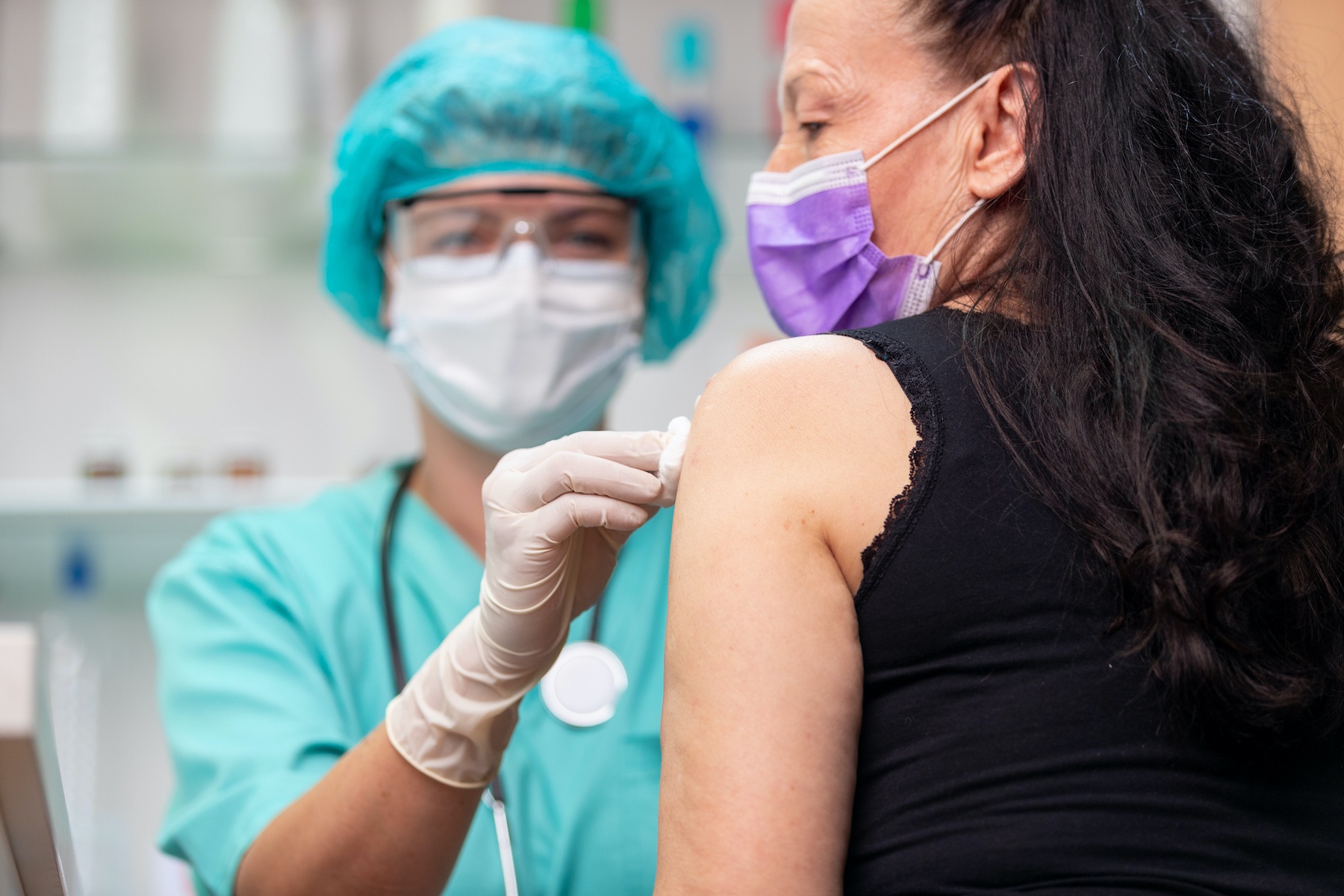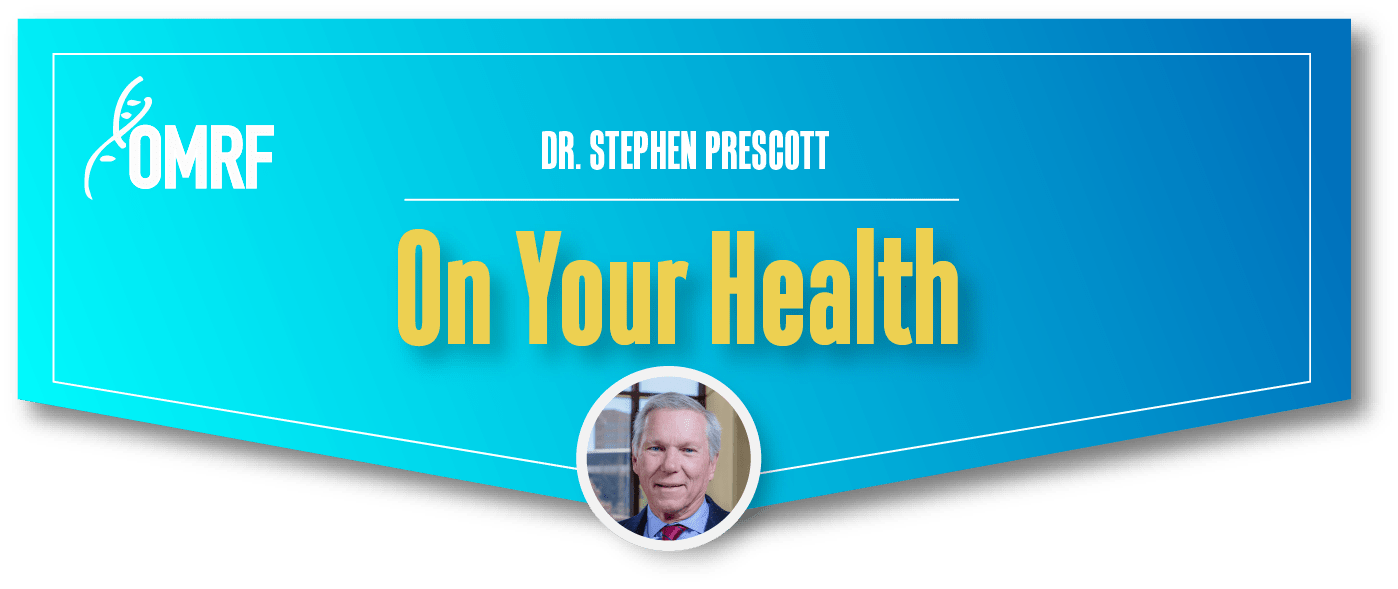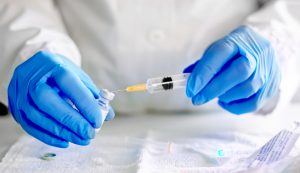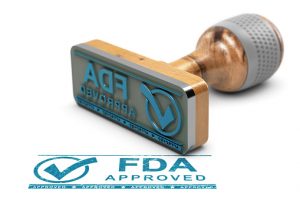Just in time for the holidays, we received some much-needed glad tidings on the Covid-19 front.
Pfizer and its partner, Germany’s BioNTech, announced preliminary results from the trial of their experimental vaccine. Although the companies still must wait another few weeks until they have enough data to apply to the FDA for emergency approval, the early results appear extremely promising.
1. The vaccine did better than expected
For approval, the FDA set a bar of 50% efficacy. That means that when you vaccinate two people, at least one gets protection from viral infection.
Pfizer’s preliminary results cleared this standard handily. Analyses indicated the vaccine was more than 90% effective, protecting better than nine of every 10 people who received it.
Especially because this vaccine relied on an approach never before used in vaccines, experts were wondering about the strength of the immune response it would trigger. And while hopeful, scientists weren’t certain they’d chosen the right protein to target.
“Well, now we know it’s the right target,” said Dr. Anthony Fauci.
2. It has a strong safety profile, too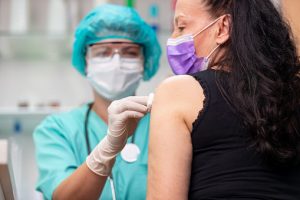
Pfizer didn’t report any serious safety concerns from the trial.
Prior to running the current large-scale phase of the study, which involves more than 40,000 research subjects, Pfizer ran a quartet of smaller trials looking specifically at safety. Based on the results of those trials, it chose the dosage of the vaccine that prompted the fewest moderate side effects, such as fatigue, low-grade fever and sore arms.
The large-scale study is ongoing, so the company will continue to monitor any adverse events. If the vaccine receives FDA approval, which is likely, it will also receive ongoing scrutiny for potential side effects. But based on what we’ve seen so far, there’s no reason to believe there will be any.
3. FDA approval seems likely, and soon
To file for emergency approval from the FDA, 164 participants in the trial, which includes folks getting the vaccine and others receiving placebo shots of saline solution, need to contract Covid-19. (This may sound odd, but it’s the threshold data scientists have identified for the results to be statistically reliable in a trial of this size.)
Pfizer’s preliminary results reported 94 people sickened by the virus. Given the current surge in cases, it’s likely the trial will add another 70 cases within the next few weeks.
Once that happens, the FDA will use an expedited process to review the application. And so long as efficacy and safety data holds – and there’s no reason to think it won’t – approval before year-end seems a good bet.
4. Good vaccines can lessen vaccine hesitancy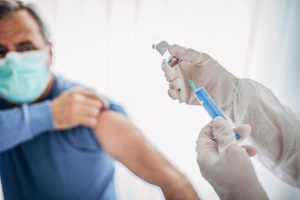
Vaccines with relatively low levels of efficacy can magnify people’s reluctance to take them. For instance, the annual flu shot is typically 40% to 60% effective, and in a given year, a bit less than half the U.S. adult population usually opts for a shot.
But as vaccine protection climbs, the number of people willing to roll up their sleeves does, too. Or, as Dr. Fauci put it in a more pointy-headed way, “Vaccine hesitancy diminishes proportionately inversely with the efficacy of a vaccine.”
So, if the preliminary data holds up, a vaccine that works in more than nine out of 10 folks should erase some of the wariness we’ve seen in early polls about who will – or won’t – get vaccinated.
5. More successful vaccines are likely on the way
Pfizer’s vaccine used what’s known as messenger RNA to block the spike protein, a golf-tee-like protrusion on the surface of the SARS-CoV-2 virus. The experimental vaccine being developed by the biotech company Moderna is hot on the heels of Pfizer’s in clinical testing, and it uses this same approach.
Consequently, it wouldn’t be surprising to see similar results, followed by a strong FDA application, from Moderna soon.
Although other vaccines a bit further back in clinical trials are not using the messenger RNA approach, they likewise target the spike protein. That bodes well for their ultimate chances of success, too.
The takeaway
The end is in sight. But now more than ever, we need to keep our guard up.
Wear a mask. Social distance. Avoid foolish risks.
With help on the way, we just have to hold on a little longer.
—
Get Dr. Prescott’s column delivered to your inbox each Sunday — sign up here.
